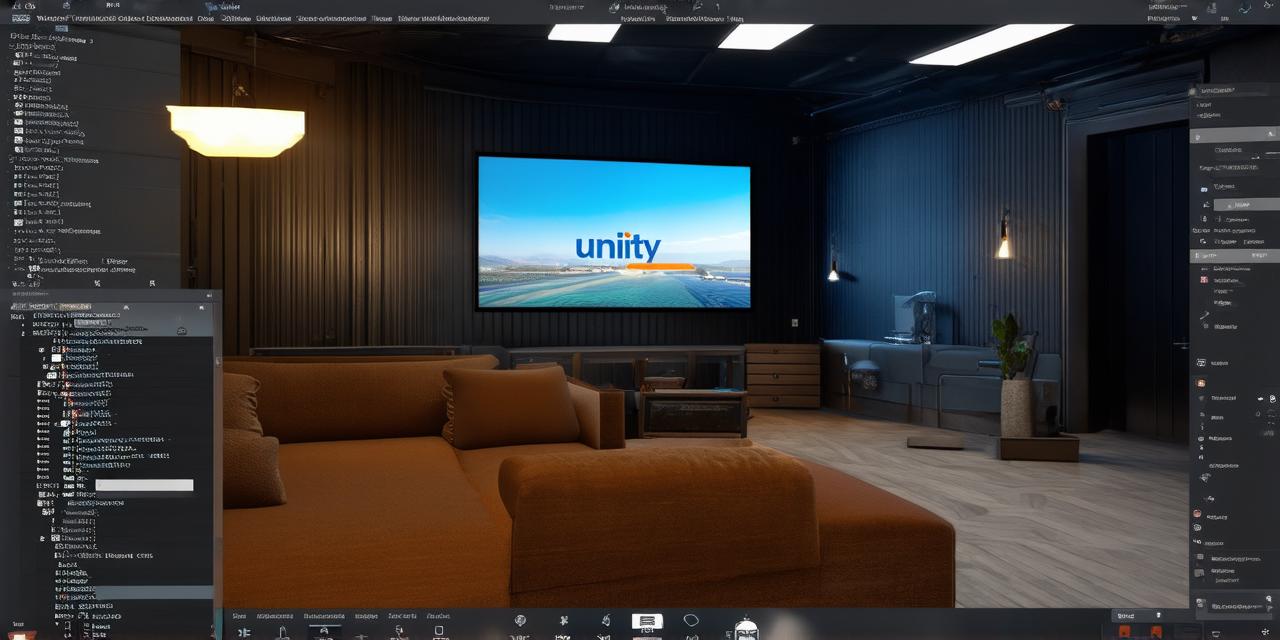

1. Setting up Your Development Environment
Before you start creating your 3D game for Android, you need to set up your development environment. The first step is to download and install Unity from the official website. Once you have installed Unity, create a new project and choose the "Android" template. This will provide you with a basic project structure and assets that are optimized for Android development.
2. Designing Your 3D Game Assets
The next step is to design your game assets, such as characters, environments, and objects. You can create these assets using 3D modeling software like Blender or Maya, or you can use Unity’s built-in tools to create and edit assets directly in the engine. It is important to keep in mind that your game assets should be optimized for mobile devices, with low polygon counts and minimal texture sizes to improve performance.
3. Creating Your Game World
Once you have designed your game assets, it’s time to create your game world. This involves setting up the environment, adding objects and characters, and configuring the lighting and camera settings. You can use Unity’s terrain tools to create custom landscapes or import pre-made environments from asset stores like the Unity Asset Store. It is important to test your game world thoroughly to ensure that it runs smoothly on mobile devices.
4. Implementing Gameplay Logic
Gameplay logic is the heart of any game, and it involves writing code to control the behavior of your game objects. You can use C or JavaScript to write script code in Unity, and there are many resources available online to help you learn these languages. It is important to keep your gameplay logic simple and easy to understand, as complex code can lead to performance issues on mobile devices.
5. Adding Audio and Visual Effects
Audio and visual effects can greatly enhance the overall experience of your game, so it’s important to add them strategically. You can use Unity’s built-in audio tools to create and import sound effects, and you can also use particle systems to create visual effects like explosions and smoke. It is important to test your audio and visual effects thoroughly to ensure that they run smoothly on mobile devices.
6. Optimizing Your Game for Performance
Performance is critical when developing games for mobile devices, as players have limited processing power and memory. You can optimize your game by reducing the number of draw calls, minimizing texture sizes, and using LOD (level of detail) techniques to reduce the complexity of your game assets. It is also important to test your game on multiple devices and configurations to ensure that it runs smoothly across all platforms.
7. Publishing Your Game on the Google Play Store
The final step is to publish your game on the Google Play Store. This involves creating a developer account, submitting your game for review, and setting up pricing and distribution options. It is important to follow the guidelines set forth by the Google Play Store to ensure that your game is approved and reaches as many players as possible.
FAQs
1. What are the requirements for creating a 3D game for Android using Unity?
To create a 3D game for Android using Unity, you will need a computer with at least 4GB of RAM, a graphics card with at least 512MB of VRAM, and the latest version of Unity. You will also need an Android development kit (SDK) and a Google Play account to publish your game on the Google Play Store.
2. How long does it take to create a 3D game for Android using Unity?
The time it takes to create a 3D game for Android using Unity depends on the complexity of the game and the experience of the developer. A simple game can be created in a few weeks, while more complex games can take several months to complete.
3. What are some common issues when developing games for Android using Unity?
Some common issues when developing games for Android using Unity include performance issues due to low processing power and memory, difficulty in optimizing graphics for mobile devices, and compatibility issues with different device configurations.

